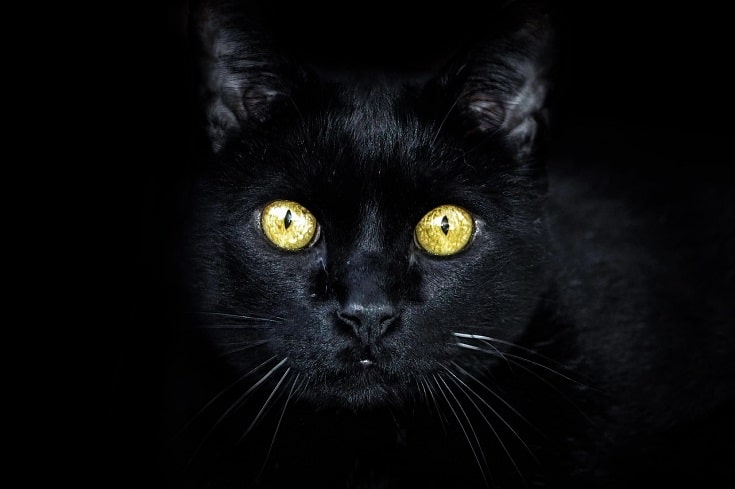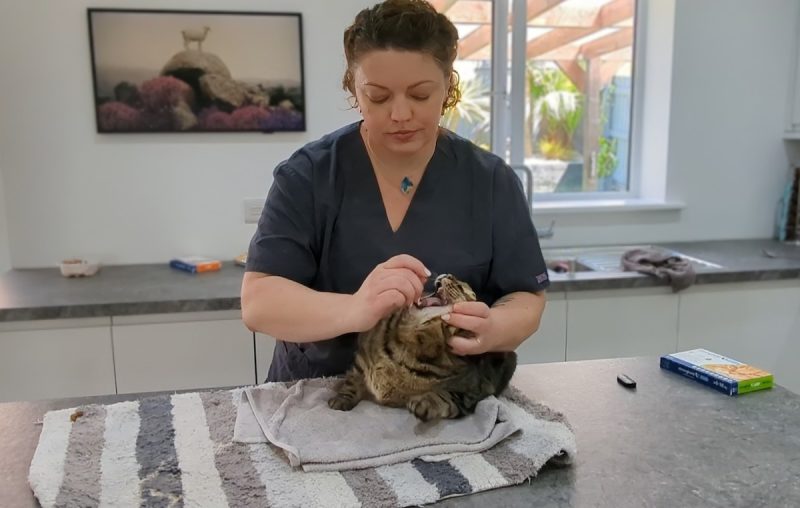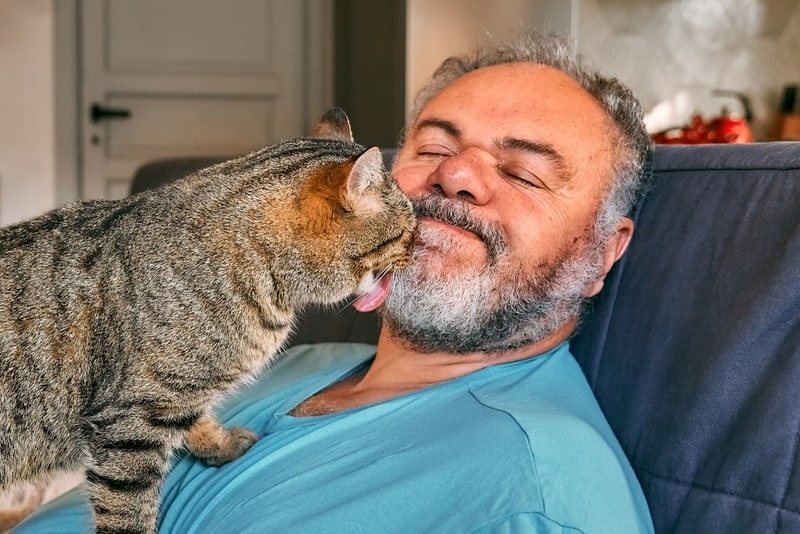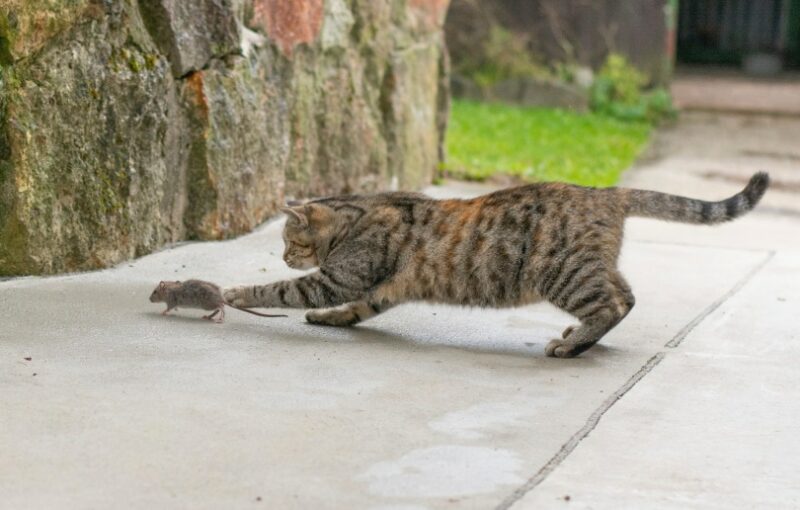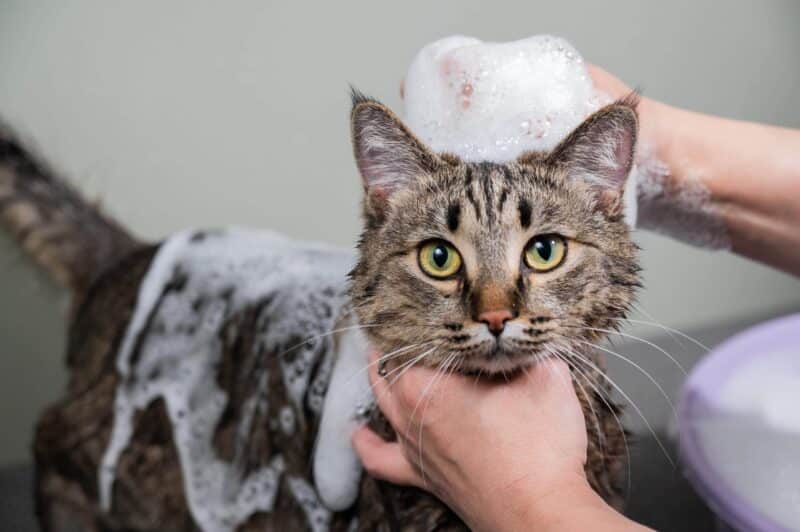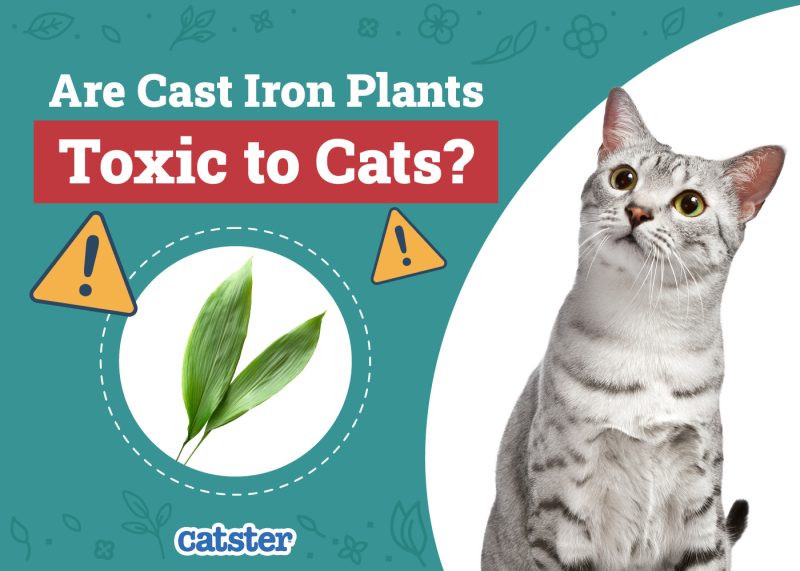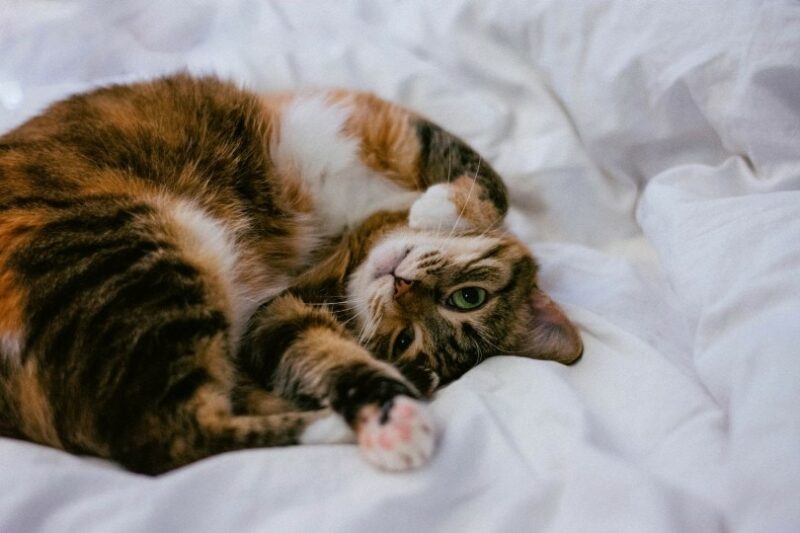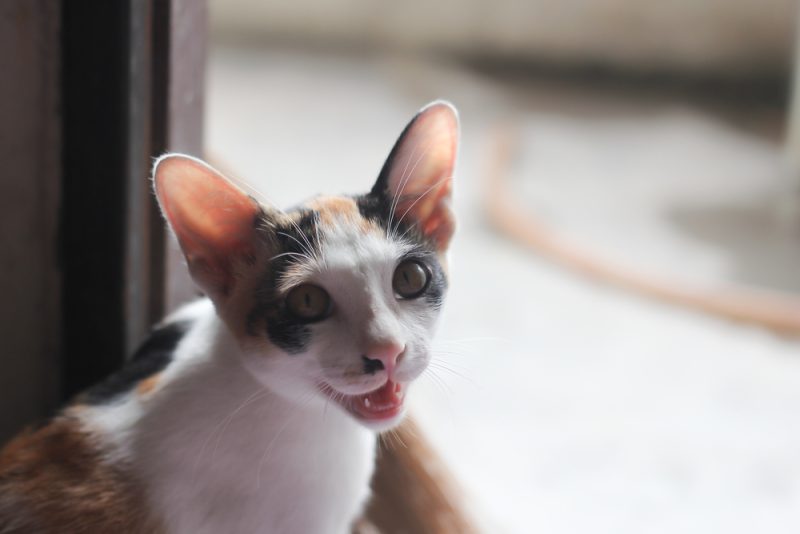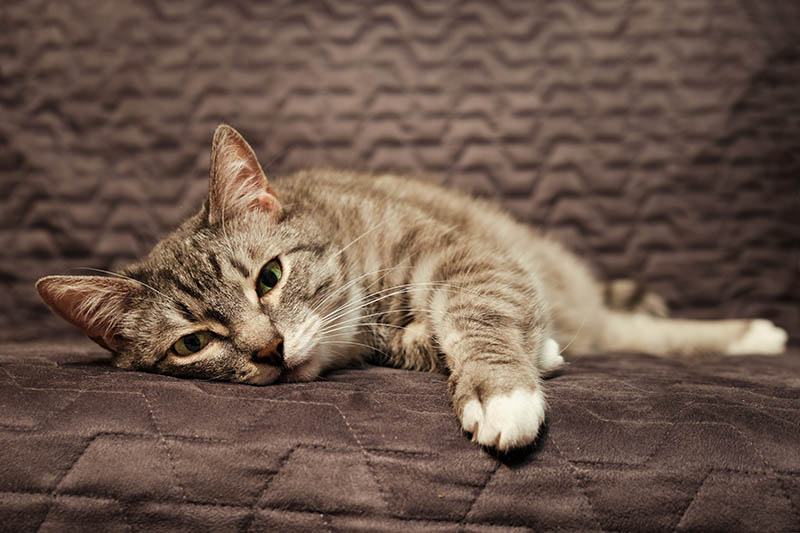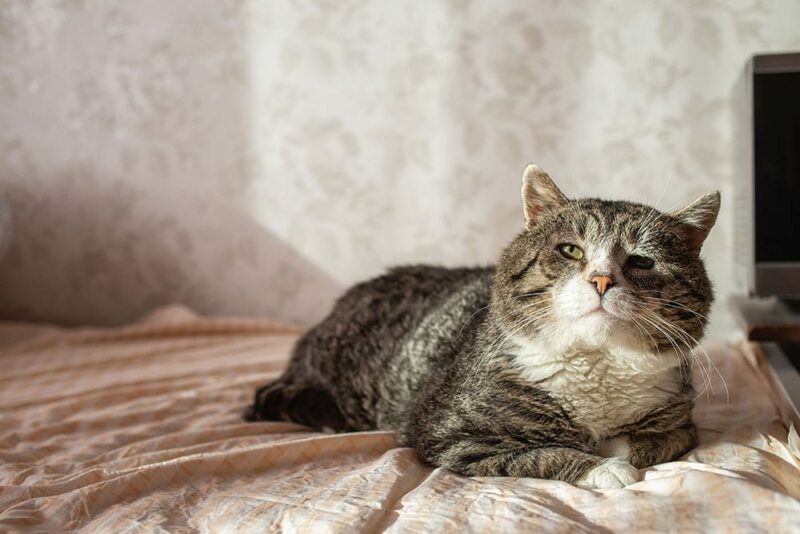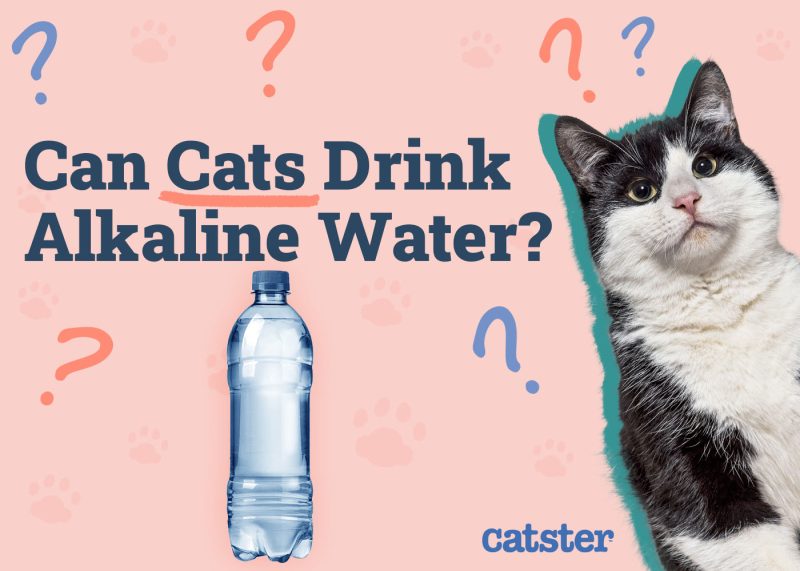For pet owners, feeding their fur babies an appropriate and healthy diet is not only a responsibility but also a great way to enhance the pet-owner bond. A cat’s diet plays a vital role when it comes to their general health and well-being. With the rise in fresh and raw diets, owners worldwide are curious about the safety risks associated with certain types of foods offered in such a diet, as well as the potential benefits.
Cats, being obligate carnivores, require a diet high in animal protein. This makes beef a popular choice for them. But can cats eat raw beef safely? When sourced properly, raw beef is safe for cats to consume in most circumstances. In this article, we’ll look at raw beef as a food source for cats in more detail.

Felines – The Ultimate Meat Processors
Cats are the epitome of a perfect predator. They have all the physical attributes and characteristics of a predator and are instinctively proficient in stalking and hunting animals. With this comes a digestive system that’s highly specialized to process animal meats. Most cat diets are very high in protein, and their status as an obligate carnivore necessitates the inclusion of animal-based meat in their diet.
Good quality adult cat foods have anywhere from 40%–50% protein, and cats have no problem handling higher amounts of protein. Cats also require good quality animal fats in their diet and other micronutrient requirements that are unique to them as a species. Not surprisingly, all their nutritional requirements are found in various animal meats.
Many regulatory bodies have emphasized the need for animal meat in a cat’s diet by setting a high protein requirement for their diets. Examples of such regulatory requirements are those set by The Association of Feed Control Officials (AAFCO), which mandate higher protein for cats when compared to dogs.1
With that in mind, it’s fair to say that animal meats are a safe bet for cats. Beef is no exception to this rule.
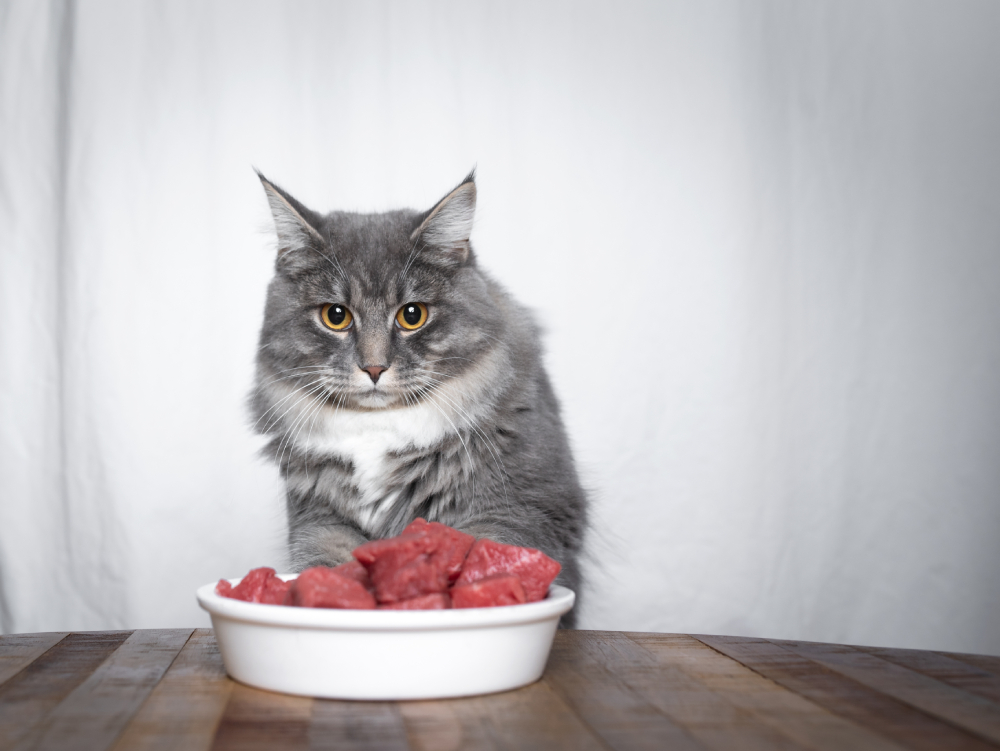

The Pros of Raw Beef for Cats
So, if cats can eat raw beef, what are the pros? At a glance, beef has the same inherent qualities as many other animal types of meat when it comes to justifying its place in a cat’s diet: it’s animal-based meat that contains the nutrients cats need. Depending on the cut of beef, a 100-gram portion can contain anywhere from 19 to about 30 grams of protein, with the majority of the remaining contents usually being water and fats and a small portion of other micronutrients.
However, the question that often arises when discussing raw diets is the potential benefits (if any) of including raw meats in a cat’s diet. Though research on the full potential of raw diets is still inconclusive, there are some benefits that have been noted.
- Enhancing Pet-Owner Bond: This remains the biggest reason why most people are drawn to raw diets, as they often seem simpler and provide owners with peace of mind that they’re “doing what’s natural” for their pet by enhancing their diet, which is a big part of a cat’s life.
- Feels Natural: Some owners think a raw diet is more appropriate in the context of what wild cats eat. Some research has suggested that processing, rendering, and the inclusion of additives and preservatives in non-raw diets are unhealthy and may cause disease. The natural approach of raw diets may lessen these risks.
- May Feel Safer: In recent years, the trend of raw-meat diets has risen because of recalls of commercial, non-raw diets. For a long time, commercial diets were considered very low risk, making the case for a raw diet difficult. However, no diet is without risks. In 2007, a recall on commercial pet food due to contamination rang alarm bells among pet owners.2 For many owners, seeing how commercial non-raw food has safety risks made a case for switching to raw as an alternative to protect their pet cats from potential health risks.
- Better Digestibility: Studies on raw meat-based diets have found that they are more digestible than some non-raw diets. In one study, investigators found higher amounts of dry matter, energy, and proteins in raw meat-based diets.3 Another study in cats found significantly higher energy and nutrient digestibility of a raw meat-based diet compared to a dry kibble diet.4 Research has also found that improved digestibility results in less food in the large intestine and less fecal output. This may be perceived as a benefit by some pet owners.
- Potentially Improved Immunity: A study on cats that were fed a raw meat-based diet for 10 weeks found that there was a significant increase in white blood cells versus cats that were fed a commercial moist diet.5 However, the potential benefits of these changes and the effects of long-term feeding of a raw diet haven’t been critically evaluated yet.
Raw beef may also provide the same anecdotal benefits that other raw foods offer cats. Though these anecdotal reports haven’t been definitively proven by research, they remain a popular reason for the appeal of raw food. These include:
- An improvement in coat and skin
- Elimination of bad breath
- Improved energy levels
- Improved behavior
- Reduction in certain ailments, such as parasites and obesity
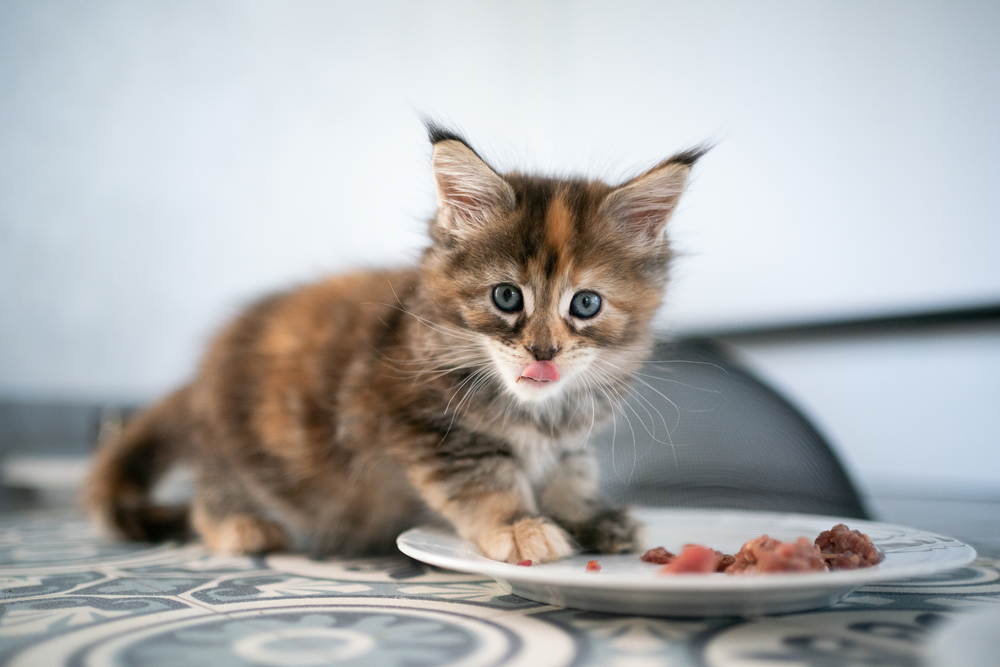
The Risks of Raw Beef for Cats
However, several pet owners are opposed to raw meats for cats due to various reasons as well.
- Safety Risks – The main risk with raw meats is that they may be contaminated with pathogens, which pose a danger to both cats and their owners. Cats fed raw diets are also known to shed bacteria potentially detrimental to humans and other cats. Salmonella remains a significant concern with raw diets in research. However, some commercial raw meat-based companies use high-pressure pasteurization to reduce these risks.
- Other Health Risks – Other risks exist for raw meats as well. For example, a cat may chew on a bone added to a raw diet and potentially break a tooth or choke if they eat too quickly. Raw meats can also carry other pathogens that are detrimental to your cat’s health, such as parasites. The risks for humans have been extensively documented; cats that are intended as emotional support animals cannot legally be put on a raw meat-based diet because of these risks.
- Nutritional Risks – Though not a risk with raw beef specifically, many advocates against raw beef (and raw meat-based diets in general) argue that it might be very difficult to ensure a cat is getting a nutritionally complete diet when they’re fed raw meat since many recipes are homemade and difficult to assess for their nutritional value.
- Allergies – Cats with a dietary allergy to beef cannot be fed beef of any kind, including raw variations.

How to Safely Give Your Cat Raw Beef
The decision to place your cat on a raw diet, which may incorporate raw beef, is ultimately one that each owner has to make after careful consideration and a consultation with their veterinarian.
Need veterinary advice but can't get to the clinic? Catster recommends PangoVet, our online veterinary service. Talk to a vet online and get the answers and advice you need for your cat without having to leave your living room — all at an affordable price!
However, that’s not to say that cats can’t be fed raw beef. Even cats on a commercial non-raw diet can occasionally be offered raw beef as a treat. To minimize the risk to your cat, it’s advised to take note of the following precautions:
- Source your ingredients from facilities, shops, and suppliers with the appropriate health and safety certifications and clearances to operate where you live.
- Keep an eye on the news for the recall of any raw ingredients. If ingredients you have purchased have been recalled, do not feed them to your cat and discard them as advised by the authorities making the announcement.
- Closely monitor your cat for any adverse reactions when you feed them raw beef. Often, these include signs of gastrointestinal distress, such as diarrhea, vomiting, or inappetence. It’s best to start small, with just a tiny beef cut as a one-time treat to see how your cat handles it. If your cat seems fine, their next beef treat can be a slightly larger portion.
Learning about what your cat can and cannot eat is a crucial part of keeping them happy and healthy! Choosing a bowl to serve cat-friendly foods in is another important decision pet owners face. Satisfy the specific needs of your cat with the innovative design of the Hepper NomNom Cat Bowl. Learn why it’s our (and our cats!) favorite food and water dish here. At Catster, we’ve admired Hepper for many years and decided to take a controlling ownership interest so that we could benefit from the outstanding designs of this cool cat company!

Other Beef Parts & Their Safety
In addition to raw beef, you might be curious about the safety of other parts of raw beef as well.
- Organs (liver, heart, etc.) – They are generally safe when the precautions with raw meats are applied to these cuts as well. Beef liver is safe and high in Vitamin A, but it should only be offered sparingly (once a week at 5% of the day’s total food intake at most), as cats who consume a high amount of liver might develop Hypervitaminosis A.
- Beef bones – They should not be offered to cats, as they may lead to a broken tooth and are considered choking hazards. Contrary to popular belief, chewing on a raw bone isn’t a source of much calcium or other bone nutrition for cats (or dogs, either). Animals on a raw diet are offered these benefits by having bones finely ground up and mixed into their meals.
- Beef bone broth – Though not considered raw in a strict sense, beef bone broth is safe for cats to consume. However, cooked bones should not be offered to cats and must be removed before serving them the broth.

Final Thoughts
Raw foods are surging in popularity among pet cat owners, and raw beef is an interesting ingredient that is usually safe for most cats to consume when sourced and prepared properly. However, as research about the potential benefits of raw diets is still inconclusive and the research about the risks is fairly well documented, adding raw meats into a cat’s diet (either as occasional treats or as part of a transition to such a dietary style) is a decision that requires serious consideration and veterinary approval before its implementation.
See Also:
- Can Cats Eat Beef Wellington? Is It Good for Them?
- Can Cats Eat Raw Chicken? Vet-Reviewed Facts & Recommendations





